Table of Contents
TogglePasta recipes with pesto and tomato are perfect combination of strong flavors and fresh foods. It combines the deep flavor of pesto with the sweet and tangy taste of roasted tomatoes. This simple yet satisfying dish is great for dinner with friends or family or as a quick meal.
In this article, we’ll guide you through easy-to-follow recipes for creating the perfect pesto pasta with tomatoes. Today, I want to share my personal tips, experiences, and some handy make-ahead ideas to help you prepare the best pesto pasta. Let’s dive into this mouthwatering journey.
What Makes Pesto Pasta So Special?
Pesto Pasta: A Staple Food of Traditional Italian Cuisine
Pesto Pasta is not just a dish; it’s a reflection of traditional Italian cuisine. Made with fresh basil, garlic, pine nuts, olive oil, and Parmesan, it’s a vibrant green sauce that can transform any pasta into a flavorful feast. This dish celebrates flavors, textures, and aromas when paired with juicy, roasted tomatoes and soft mozzarella.
- Why We Love This Dish
We all have those dishes that evoke feelings of comfort and joy. For me, Pesto Pasta is that dish. The creamy texture of the pesto alla Genovese, combined with the tenderness of roasted tomatoes and the freshness of mozzarella, is an unforgettable combination. The best part? It’s versatile. You can enjoy it as a vegetarian option or add grilled lemon chicken or shrimp for extra protein.
Step-by-Step Guide to Making Pesto Pasta
Now, let’s walk through the process of making this incredible dish, step by step, to ensure you get the perfect result every time.
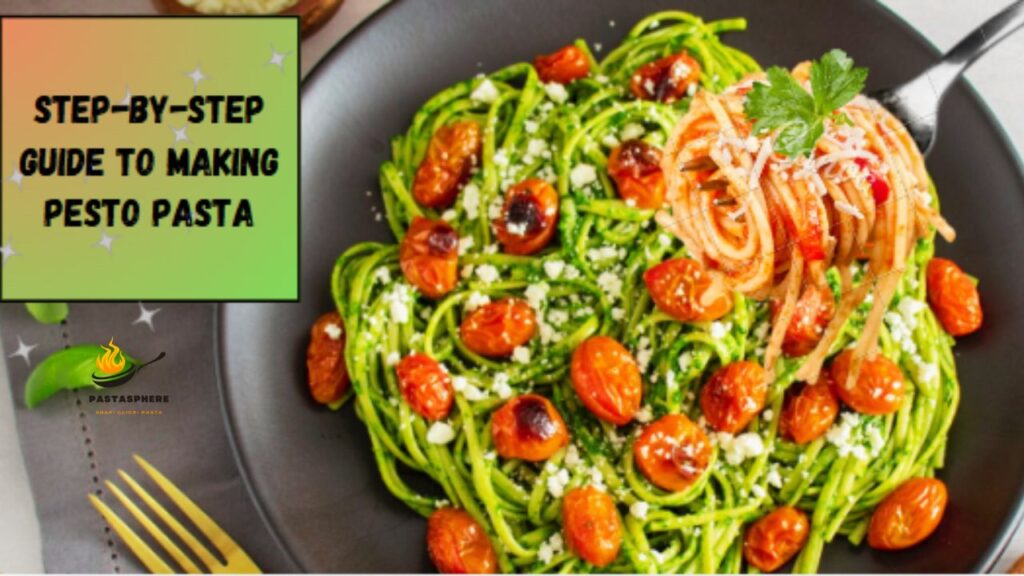
Ingredients You’ll Need:
- 1 pound of your preferred pasta (I often use thin spaghetti or fusilli for this recipe)
- 1 cup pesto alla Genovese (homemade is best, but store-bought works too)
- 2 pounds small tomatoes (such as grape or cherry), halved
- 6 oz fresh baby mozzarella, drained and patted dry
- 2 tablespoons extra virgin olive oil
- Salt and freshly ground black pepper
- Fresh basil leaves for garnish
Pasta Recipes With PESTO AND TOMATO 🍅🌿 quick and delicious!
Step 1: Roasting the Tomatoes
Roasting tomatoes really brings out the sweetness, and the taste is absolutely good with pesto pasta. Start by preheating your oven to 450 degrees Fahrenheit. Mix halved tomatoes with olive oil, salt, and pepper. Put them on a baking sheet with their cut side facing up. Continue roasting for 25-35 minutes or so until they are soft and slightly burnt.
Step 2: Boil the pasta.
While the tomatoes are roasting, cook the pasta. I prefer pasta made from durum wheat flour. It is firm and stands up well to the sauce. Bring a pot of salted water to a boil and add the pasta. Cook it until al dente firm but tender. Save about ½ cup of the pasta water before draining. This water helps mix the sauce and pasta together later.
Step 3: Mix all these ingredients
Place the pasta in a big bowl and add the pesto and alla Genovese, folding it gently. If the pasta is clumpy, add some of the reserved pasta water to really spread the pesto through it. Finish by adding the roasted tomatoes and the baby mozzarella and folding everything together one last time.
Step 4: Serve and Enjoy
Top it off with fresh basil leaves and serve immediately. This warm pasta, mixed with the tomatoes and served with the cold, creamy mozzarella, is something you won’t want to miss.
Personal Tips for Making Pesto Pasta
After making Pasta recipes with pesto and tomato countless times, I’ve gathered a few personal tips to ensure it turns out perfect every time:
- Don’t Overheat the Pesto: The pesto should be served at room temperature or slightly warmed by the pasta heat. If it is overheated, it will lose its lovely green color and its freshness.
- Use Fresh Ingredients: Fresh basil, mozzarella, and tomatoes are essential for the best flavor. Using fresh ingredients elevates this dish from good to great.
- Make Your Own Pesto: Making homemade pesto alla Genovese is easy and much better than the kind you buy in a store. You can also change the ingredients to suit your taste, adding more garlic, cheese, or nuts.
- Make-Ahead Tips: The roasted tomatoes and pesto can be made ahead. Roasted tomatoes can be stored in an airtight container in the refrigerator for up to 3 days. Pesto can be stored in a tight-lid jar with olive oil for up to a week.
I’m adding a forum here for your convenience, along with a YouTube video. I hope this will help you understand things visually, and you can also benefit from the forum discussions.
Barilla | How to make Spaghetti with Pesto genovese and roasted tomatoes
Exploring Pasta Variants and Cooking Styles
Pasta is so versatile; you can do many things with it. Italian food has numerous pasta dishes for varied tastes: basic pasta asciutta (pasta with sauce) to fancy baked dishes like pasta al forno. Here are some of the varieties you can experiment with:
- Pasta Asciutta: This easy and tasty pasta method involves cooking the pasta and tossing it with a sauce or condiment like pesto or tomato sauce.
- Pasta Al Forno: Baked pasta dishes like lasagna are rich and hearty, perfect for feeding a crowd.
- Pasta In Brodo: This refers to pasta served in broth, often found in soups like minestrone soup.
Categorizing Pasta: Dried vs Fresh
When it comes to pasta, there are two main types: dried pasta and fresh pasta. Each has its own unique characteristics:
- Dried Pasta: Made from durum wheat flour, this pasta is shelf-stable and ideal for sauces requiring a firmer texture.
- Fresh Pasta: Softer and more delicate, fresh pasta pairs beautifully with lighter sauces like pesto or butter-based sauces.
Both types have their place in the kitchen, but I typically prefer dried pasta for this dish because it holds up better to the richness of the pesto and roasted tomatoes.
The Science Behind Pesto: Why It Works So Well
One reason Pesto Pasta is so universally loved is its balance of flavors and textures. The pesto alla Genovese sauce is perfectly harmonious with basil, garlic, nuts, and Parmesan, offering a creamy consistency that clings beautifully to pasta. Here’s why it works so well:
- Herbaceous Flavor: The fresh basil provides a vibrant, earthy taste that brightens up the dish.
- Creamy Consistency: Parmesan and pine nuts combine to create a rich, smooth texture that evenly coats the noodles.
- Tang and Umami: The Parmesan adds a salty, umami depth, while the garlic gives a little sharpness that enhances the overall flavor.
Traditional Pesto Preparation
In traditional Italian kitchens, pesto is made using a marble mortar and pestle, where the ingredients are “crushed” together in a circular motion. This technique preserves the basil’s and other ingredients’ integrity, resulting in a more fragrant and flavorful sauce. If you’re in a pinch, a food processor works well too.
- Modern Evolutions and Variants:While pesto alla Genovese is the most well-known, there are many variations of pesto that you can try. Some popular options include:
- Sun-dried Tomato Pesto: A richer, deeper-flavored sauce made with dried basil leaves and sun-dried tomatoes.
- Spinach Pesto: A lighter version made with fresh spinach, perfect for a milder flavor.
Other Delicious Pasta Sauces to Explore
While Pasta recipes with pesto and tomato are personal favorite, there are plenty of other classic pasta sauces to try:
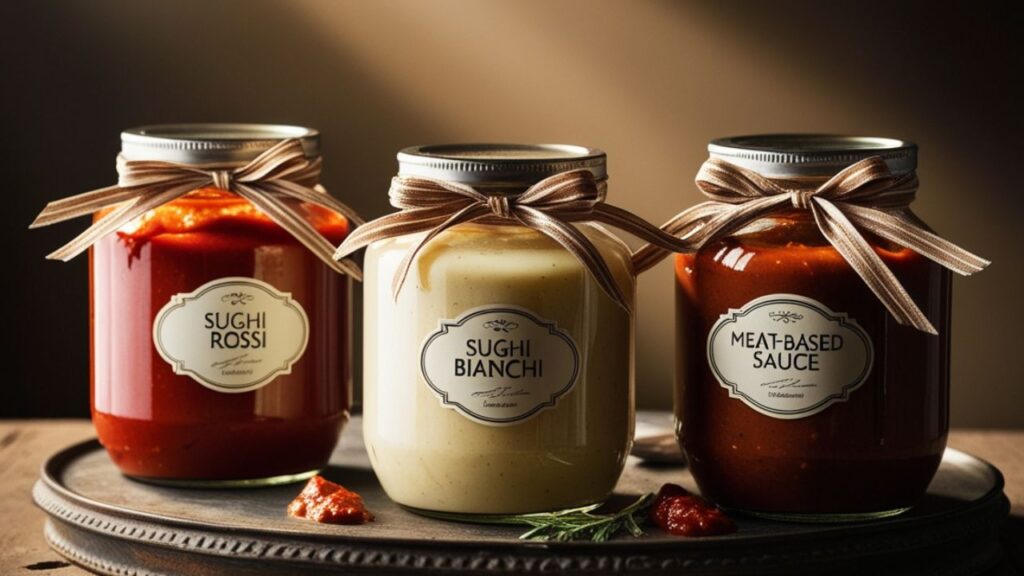
Sughi Rossi: Rich, red sauces like marinara or Pasta al pomodoro, made with tomato and sometimes meat-based sauce.
Sughi Bianchi: Creamy white sauces like Alfredo or garlic butter, ideal for fettuccine or spaghetti.
Meat-Based Sauces: Heartier sauces like Bolognese or ragu are perfect for thicker noodles like pappardelle.
Final Thoughts: Making Pesto Pasta a Family Favorite
At Pastasphere, we believe that food should nourish and bring joy and comfort to those who share it. That’s why such Pasta recipes with pesto and tomato holds such a special place in our hearts. Whether you’re making it for a weeknight dinner or a special occasion, the vibrant flavors, creamy texture, and beautiful presentation will also make it a favorite in your household.
FAQs
1. Why are potatoes and string beans traditionally added to pesto pasta?
Potatoes and string beans are traditionally added to pesto pasta for extra texture and flavor. These ingredients are usually boiled in the same pot as the pasta, making the dish heartier while retaining its light and fresh appeal.
2. How should I store leftover pesto and tomato pasta?
To maintain the shelf life and storage of your pesto and tomato pasta, keep it in an airtight container in the refrigerator for up to three days. This prevents the pasta and sauces from drying out or spoiling.
3. Is pesto and tomato pasta considered a light or heavy dish?
Pesto and tomato pasta is generally a quick and light dish, but you can adjust its richness based on the sauce. A heavy sauce like a meat-based one will make the dish richer, while a simple tomato sauce and pesto keep it light yet flavorful.
4. What makes the tomato sauce in this dish thicken so nicely?
The secret to a perfectly thick tomato sauce is using tomatoes with a rich flavor and the right consistency that breaks down easily when cooked. As they are stewed, the sauce will naturally thicken into a sauce. Adding tomato purée can further enhance this effect.
5. What seasonings can I add to enhance the flavor of my pesto and tomato pasta?
To enhance your pesto and tomato sauce, consider adding classic seasonings like onion and garlic, as well as other herbs and spices. Tomato sauce consists of tomatoes that are seasoned to taste with other seasonings like basil, oregano, and even a splash of stock or wine for added depth.

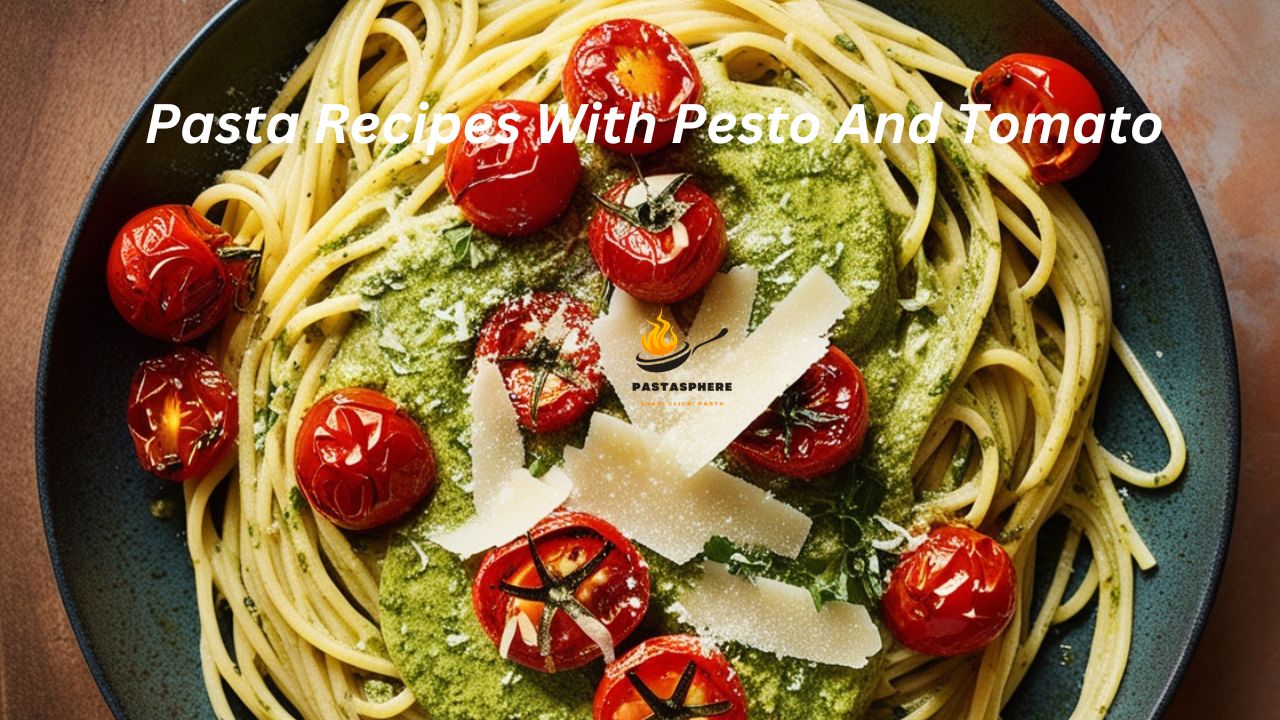


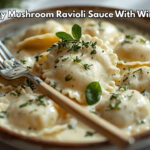


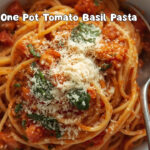
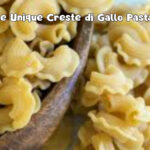
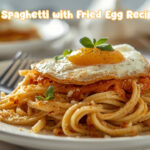
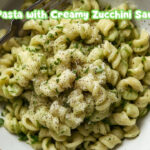

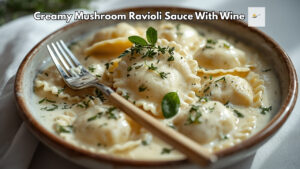

One Comment